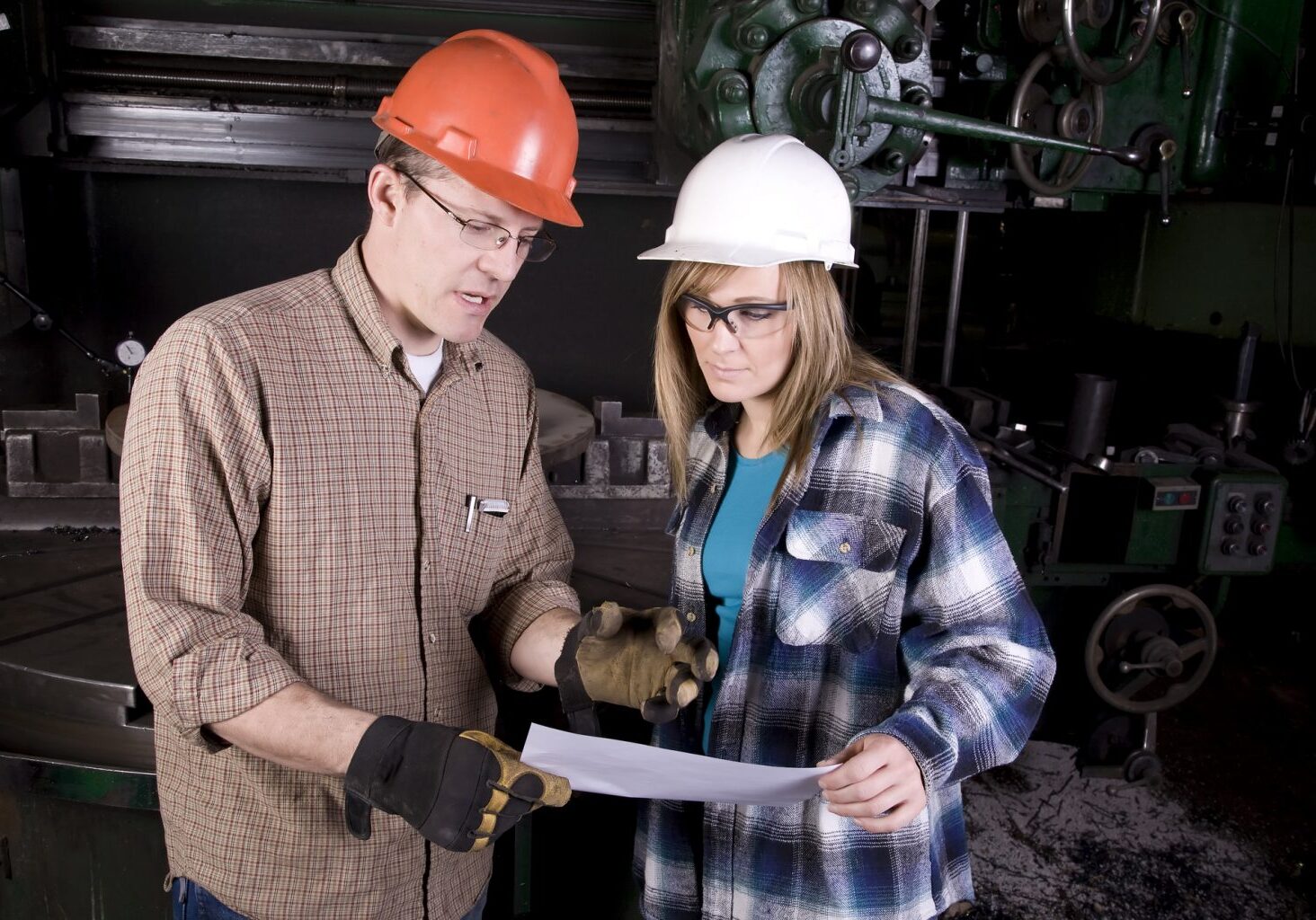3 Ways to Improve the Performance of Your Vertical Pump

We at HDS are experts in all sorts of rotating equipment including vertical pumps used for a range of applications. However, it is important to keep them in optimal performance to improve efficiency and avoid unnecessary breakdowns. Below we will show you ways to improve the performance of your vertical pump.
1. Get a Health Audit
How are your vertical pumps performing now? It is essential to know in order to have the data to compare to any upgrades you may need. Your service provider can perform advanced tests to determine your pump’s overall mechanical and hydraulic health. These tests can look for
anything from excessive vibration to total developed head. In some cases, you may even find that your vertical pumps are performing fine as they are and don’t need upgrades yet.
2. Improve Pump Hydraulics
Fine-tuning a vertical pump’s hydraulics has been emphasized for a long time because it brings tangible results. We have found that many users report upgrade measures met or exceeded their desired pump run goals. In addition, the incremental cost of the hydraulic upgrades were generally recovered within a short time span. In most scenarios, the cost was always recovered over a relatively short period of time. A few simple upgrades could make all the difference. These may include:
-Vertical pumps with O-rings that are pinched during operation can benefit from up-grading to solutions without this vulnerability.
-Seal pump upgrades such as cartridge style duals to protect mechanical seals.
-Improved bearings such as oil-mist-lubricated rolling bearings to capture and reuse coalesced oil droplets.
-Low pour point synthetic lubricant for cryogenic temperatures.
-Meeting the American Petroleum Institute’s API 610 standard for vertical pumps.
3. Mimic Best in Class Vertical Pumps
These pumps are the envy of the industry. But you may not be able to afford them. However, you may modify or upgrade your existing pumps to imitate them. For example, it is a good idea to allow certain types of pumps to float in order to move to wherever the associated force pushes them. You may bolt a steel plate to the top of the concrete foundation to allow the pump to freely move. For example, use two Teflon plates in certain scenarios if you use single-stage inline pumps and want low-friction movement. Consult a professional pump firm in your area to get more tips on how to mimic the best pumps in the industry.
Houston Dynamic Supply Can Improve the Performance of Your Vertical Pump
We recommend having this testing, diagnosing, and upgrading done during your next repair, maintenance, shutdown, or turnaround. These are ideal times when your pumps will not be running anyway and little to no production time may be lost. Those who continue to repair is-sues rather than upgrading their pumps will never see the benefits of improvement.
The HDS team has over 30 years of experience testing and upgrading vertical pumps in various models and industrial applications. Ours is one of the largest rotating equipment facilities in the Gulf Coast area with an extensive ability to service vertical pumps in all makes in addition to related equipment. We work in many industries and provide hydraulic testing, non-destructive testing, precision machining, and much more. Contact us today to learn more.
Share this post:



